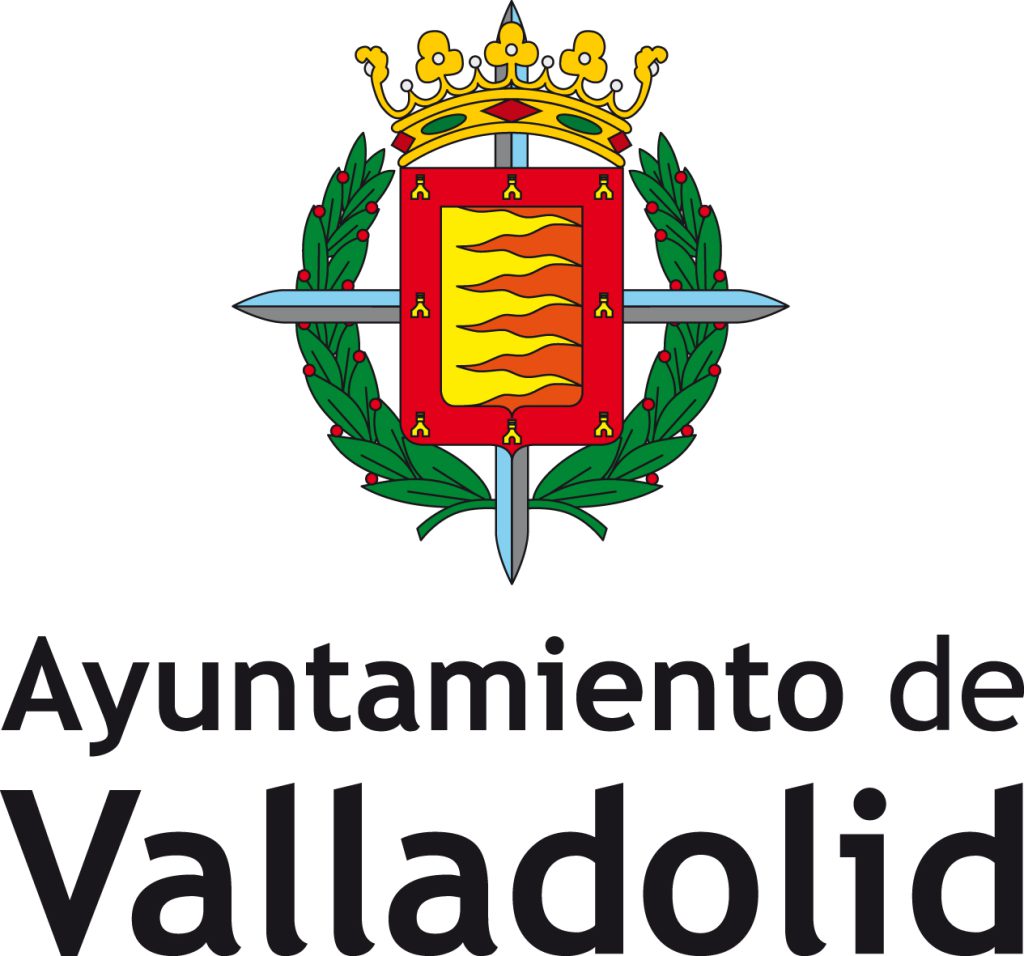Historical perspective
The town was built on both banks of the Nahe River during the medieval period. A stone pillar bridge has connected both parts of town since 1300: the Altstadt (Old Town) and Neustadt (New Town) below the castle. During the Thirty Years’ War (1618–1648), the town was conquered repeatedly and lost two thirds of its population. Under Napoleon I, Bad Kreuznach was incorporated into the French Empire.

In Bad Kreuznach, the 19th century was characterized by the development of therapeutic saltwater spas. Thanks to travelers from England who wanted to improve their health in the Rhine Valley, Bad Kreuznach became a famous European spa town. For 300 years, there have been large graduation towers in the Salinental, which were used to extract salt and are now used as an open-air inhalatorium.
Later in the twentieth century, the two consecutive world wars did not fail to have an impact on Bad Kreuznach. It was only after 1945 that the town started to emerge as an important regional center.

Bad Kreuznach today
Today, the economy of Bad Kreuznach greatly relies on wine-growing and the manufacturing of tyres with the implantation of a Michelin site. Geographically, Bad Kreuznach is not far from the International Airport of Frankfurt, which makes it well-connected to other cities.
Thanks to its spacious parks, spa and leisure facilities, Bad Kreuznach is a popular vacation destination. Many guests enjoy outdoor activities in the charming landscape. The town counted 650,000 overnight stays in 2023.
In addition, the healthcare sector is well-developed, with two fully-equipped hospitals, five rehabilitation centers and numerous healthcare providers, which have all made it the largest employment sector. The manufacturing sector is also thriving and offers 28,000 jobs. Bad Kreuznach is home to many worldclass companies, such as Schneider Optics, KHS, or Michelin, therefore explaining the city's membership to the International Network of Michelin Cities.























